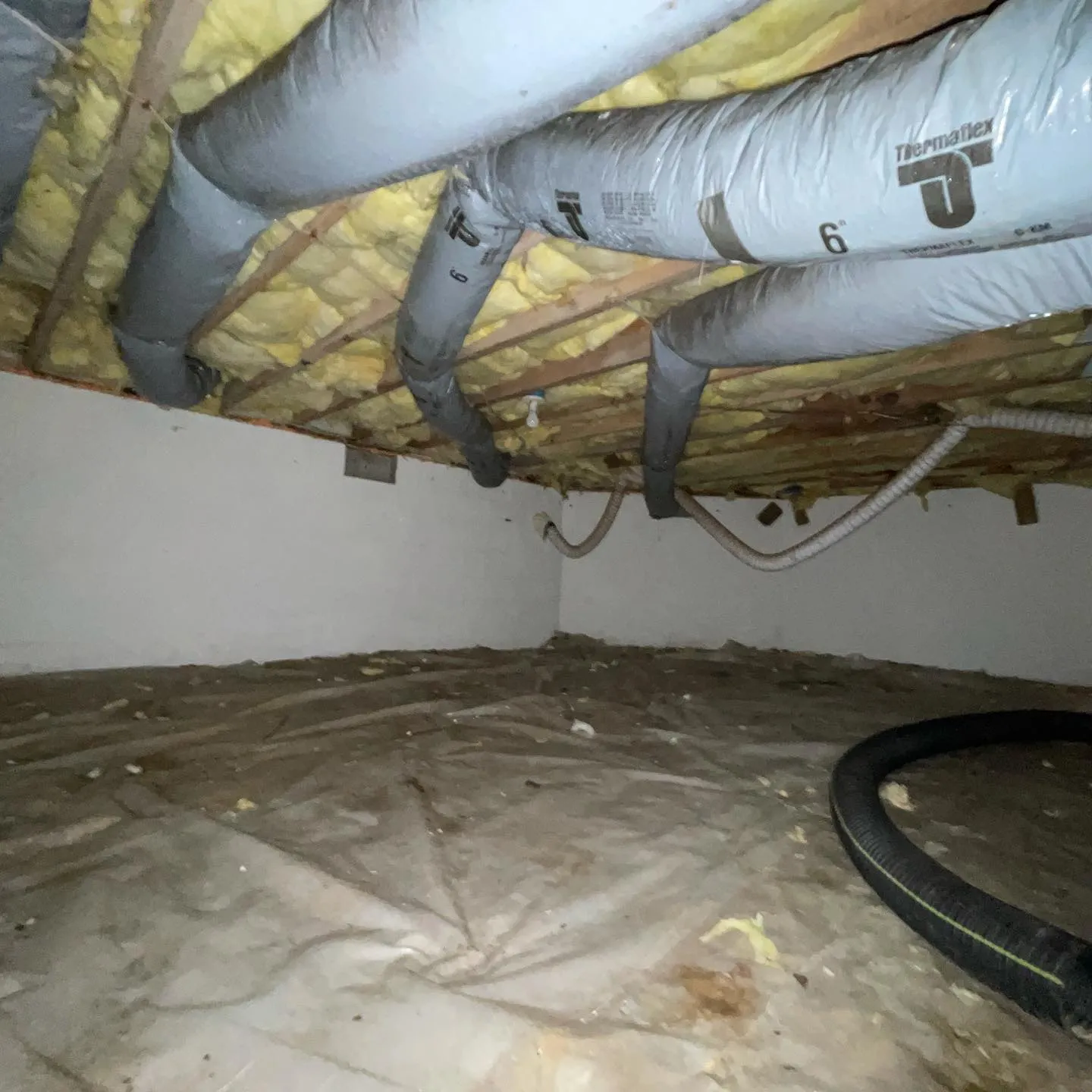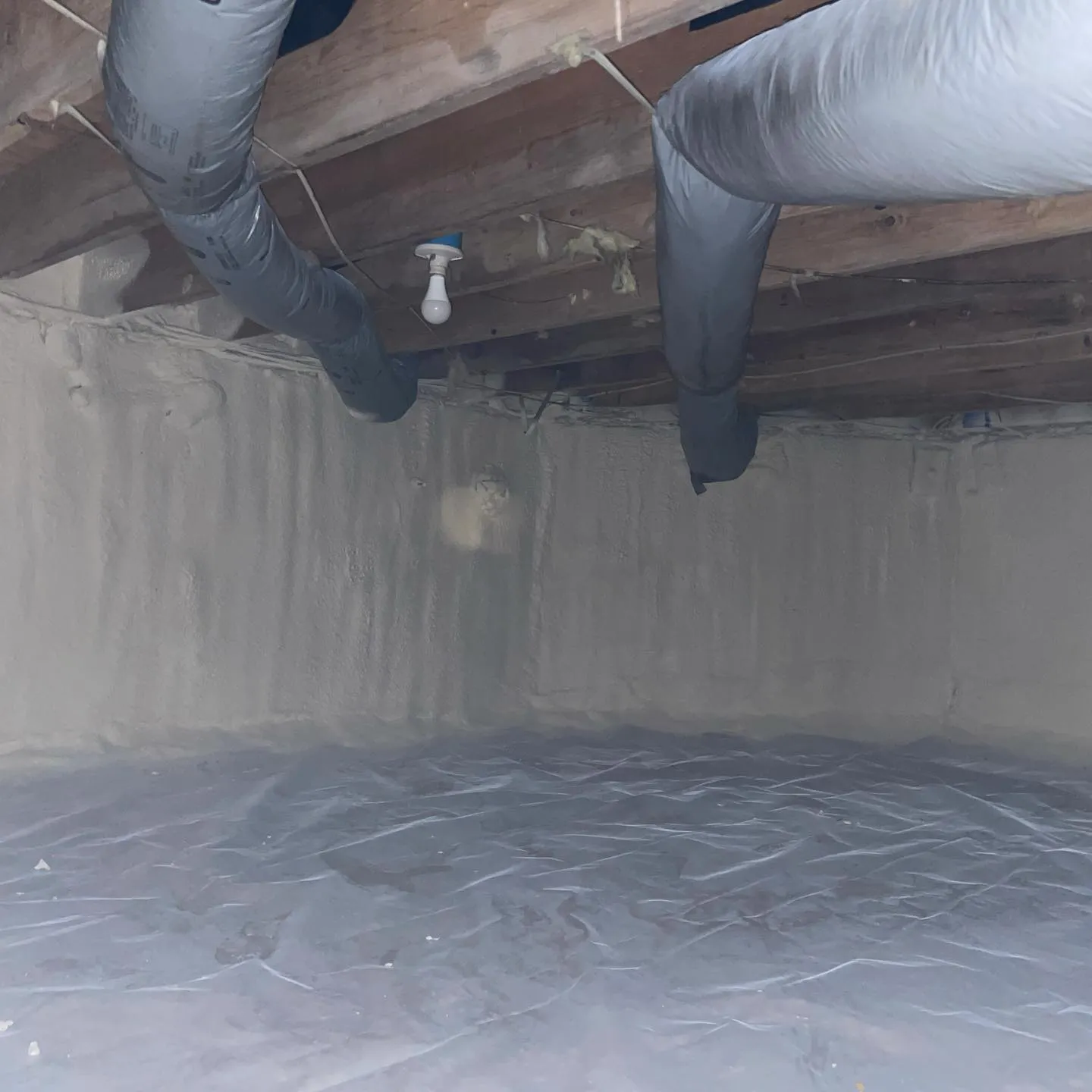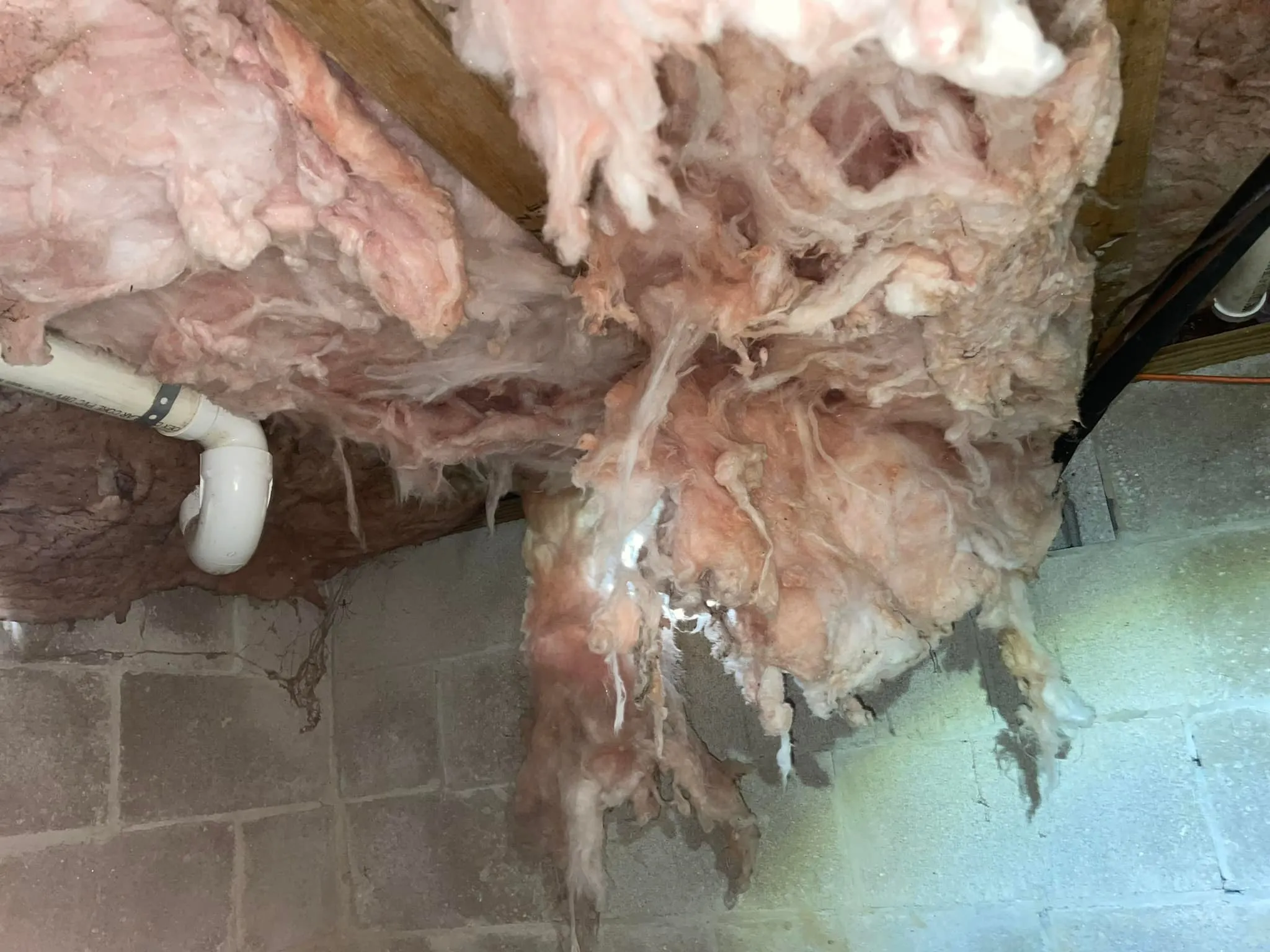
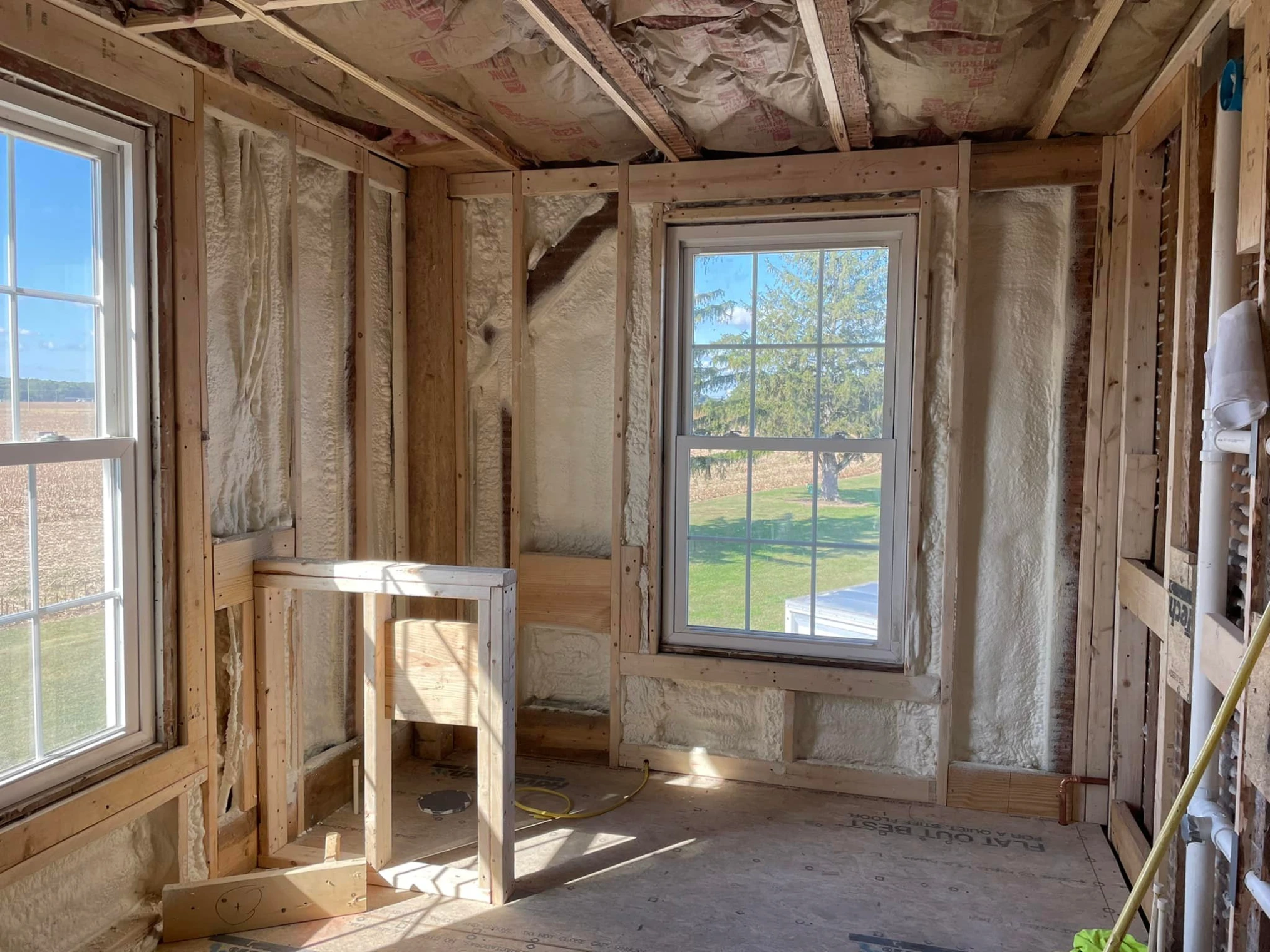
Spray foam insulation reduces energy bills in Severna Park homes by creating an airtight thermal barrier that prevents conditioned air loss and eliminates drafts. This advanced insulation material expands to fill gaps and cracks that traditional insulation materials cannot reach, resulting in energy savings of 20-50% compared to conventional fiberglass or cellulose insulation. The humid subtropical climate of Maryland makes these air sealing properties particularly valuable for maintaining consistent indoor temperatures year-round.
Peninsula Insulation, LLC has observed consistent energy reductions in Severna Park residential projects, with homeowners reporting noticeable decreases in monthly utility bills within the first billing cycle after installation. The investment typically pays for itself through energy savings within 2-4 years, depending on the home’s age, size, and existing insulation conditions.
Spray foam insulation works differently than traditional materials by creating both insulation and air sealing in a single application. When applied, the liquid mixture expands up to 100 times its original volume, filling every crack, gap, and void in the building envelope. This expansion creates a continuous thermal barrier that prevents the three primary modes of heat transfer: conduction, convection, and radiation.
Maryland’s climate presents unique challenges with hot, humid summers and cold winters. According to the U.S. Energy Information Administration, Maryland residents spend an average of $1,400 annually on energy bills, with heating and cooling accounting for approximately 60% of that cost. Spray foam insulation addresses these climate-specific challenges by maintaining consistent indoor humidity levels and reducing the workload on HVAC systems.
Bonus Tip: Install spray foam during moderate weather conditions (50-80°F) for optimal expansion and curing. Maryland’s spring and fall seasons provide ideal installation windows when humidity levels are more manageable.
| Insulation Type | R-Value per Inch | Air Sealing Capability | Moisture Resistance | Lifespan (Years) |
|---|---|---|---|---|
| Closed Cell Spray Foam | 6.0-7.0 | Excellent | Excellent | 80+ |
| Open Cell Spray Foam | 3.5-4.0 | Excellent | Good | 80+ |
| Fiberglass Batts | 2.2-4.3 | Poor | Poor | 25-30 |
| Blown-In Cellulose | 3.2-3.8 | Fair | Fair | 20-30 |
| Mineral Wool | 3.0-3.3 | Poor | Good | 50+ |
| Property | Closed Cell Foam | Open Cell Foam | Optimal Application |
|---|---|---|---|
| Density (lbs/ft³) | 1.7-2.0 | 0.4-0.75 | Exterior walls, basements |
| Vapor Permeability | <1.0 perm | >5.0 perms | Attics, interior walls |
| Compressive Strength | 25-30 psi | 3-5 psi | Foundation walls |
| Operating Temperature | -20°F to 180°F | -20°F to 180°F | All Maryland climates |
Severna Park’s location near the Chesapeake Bay creates specific environmental factors that impact energy efficiency. The area experiences average winter temperatures of 32-45°F and summer temperatures of 75-85°F, with relative humidity often exceeding 70% during summer months.
Traditional insulation materials struggle with these conditions because they allow air movement and moisture infiltration. Spray foam’s closed-cell structure prevents moisture migration, which is particularly important in Severna Park’s coastal climate where condensation issues commonly develop in wall cavities and attic spaces.
The Department of Energy reports that air leakage accounts for 25-40% of energy loss in typical Maryland homes. Spray foam addresses this issue by creating a monolithic seal that eliminates the stack effect the natural air movement that draws warm air upward and out of the building during winter months.
Bonus Tip: Focus spray foam application on the building’s thermal boundary rather than just adding thickness. A 2-inch application with complete air sealing often outperforms 6 inches of traditional insulation with gaps.
Peninsula Insulation, LLC offers specialized insulation solutions designed for Maryland’s unique climate challenges:
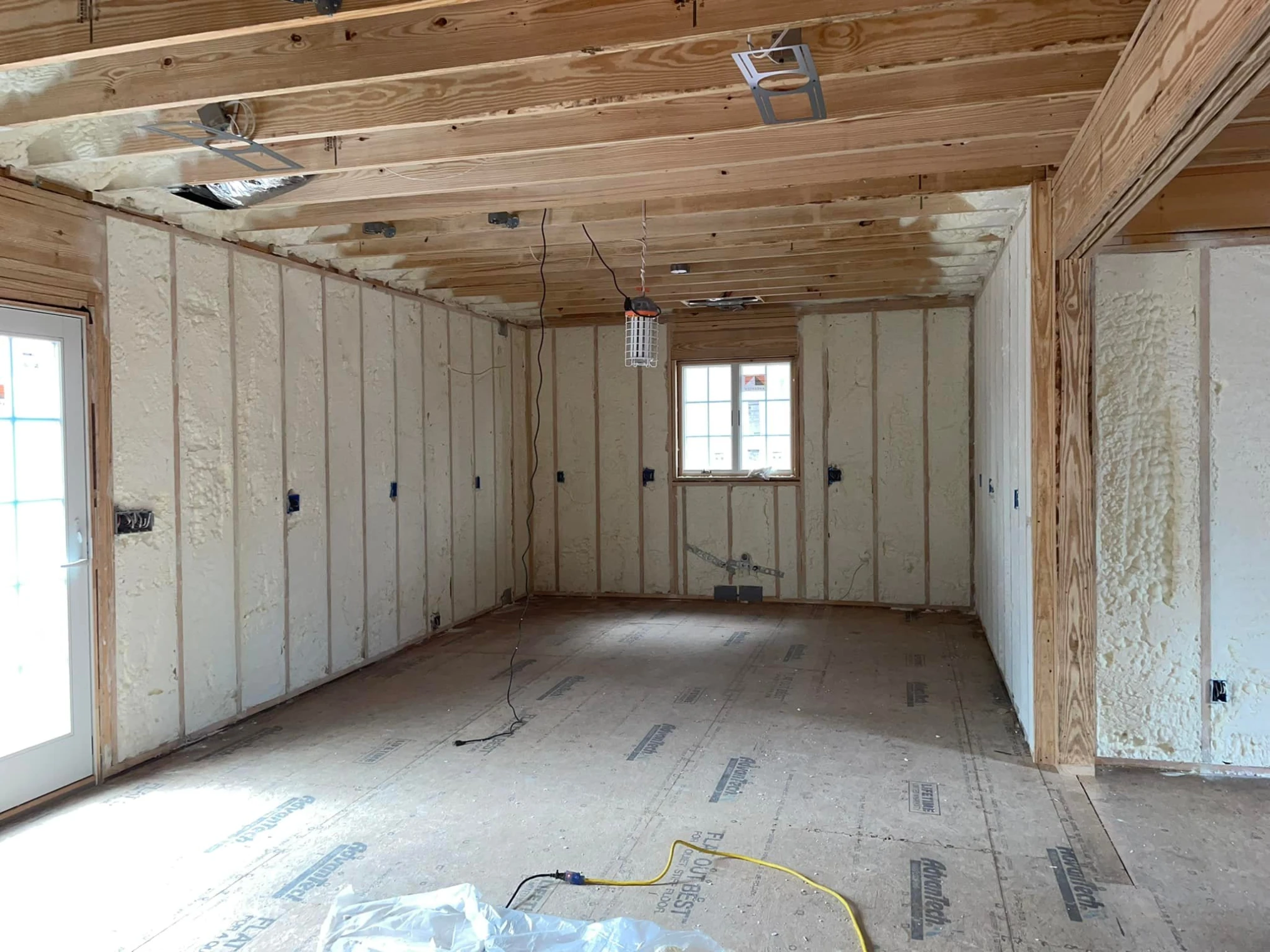
Building codes in Anne Arundel County require specific fire-resistant coatings over spray foam in habitable spaces. Understanding these requirements prevents project delays and ensures compliance with local regulations. Additionally, existing ventilation systems may need modification when transitioning from vented to unvented assemblies.
Consider the home’s construction type and age when selecting foam density. Older homes with settling foundations benefit from closed-cell foam’s structural properties, while newer construction may achieve adequate performance with open-cell applications in appropriate locations.
Professional installation ensures proper mixture ratios and application techniques. Improper installation can result in off-gassing, poor adhesion, or incomplete expansion—issues that eliminate energy-saving benefits and potentially create indoor air quality concerns.
Bonus Tip: Schedule energy audits before and after installation to quantify performance improvements. Many Maryland utility companies offer rebates for verified energy efficiency upgrades.
Most homeowners notice changes within the first month after installation. The magnitude depends on the home’s previous air leakage rate and existing insulation levels.
Attics and basements typically offer the highest return on investment, followed by exterior walls and rim joists. Focus on areas where conditioned and unconditioned spaces meet.
Closed-cell spray foam excels in humid conditions by preventing moisture infiltration and reducing cooling loads. Open-cell foam requires proper vapor barrier planning in cooling climates.
While spray foam significantly reduces heating and cooling loads, existing equipment sizing should be evaluated. Oversized systems may cycle inefficiently in well-sealed homes.
Spray foam insulation delivers substantial energy savings in Maryland’s challenging climate by addressing both thermal resistance and air sealing simultaneously. The investment typically recovers costs through utility bill reductions within 2-4 years while providing comfort improvements that last for decades.
Success depends on proper material selection, professional installation, and understanding local building requirements. Focus on creating complete thermal boundaries rather than simply adding insulation thickness. Consider the home’s specific conditions, existing systems, and long-term goals when planning insulation upgrades.
Transform your Severna Park home’s energy performance with expert spray foam insulation services. Peninsula Insulation, LLC combines local climate knowledge with proven installation techniques to deliver measurable energy savings and enhanced comfort.
Contact Peninsula Insulation, LLC at (410) 770-2624 or wil@mdsprayfoam.net to schedule a comprehensive energy assessment. Professional evaluation identifies optimal insulation strategies tailored to your home’s specific construction and your energy efficiency goals.
Unlike traditional insulation that can settle, shift, or degrade, properly installed spray foam maintains its thermal performance for decades. The material adheres permanently to substrates and resists compression, ensuring consistent R-values throughout its 80+ year lifespan.
Spray foam requires virtually no maintenance once installed. However, periodic inspections ensure that building modifications or pest activity haven’t compromised the thermal boundary. Address any gaps or damage promptly to maintain energy efficiency.
Closed-cell spray foam bonds permanently to surfaces and requires mechanical removal if modifications become necessary. Plan electrical and plumbing routes carefully before installation to avoid future access issues.
Well-insulated homes with spray foam maintain interior temperatures significantly longer during heating or cooling system failures. The enhanced thermal mass and air sealing properties provide natural temperature stability.
Properly cured spray foam becomes inert and does not emit chemicals. However, the increased air tightness requires adequate mechanical ventilation to maintain healthy indoor air quality and prevent moisture accumulation.

